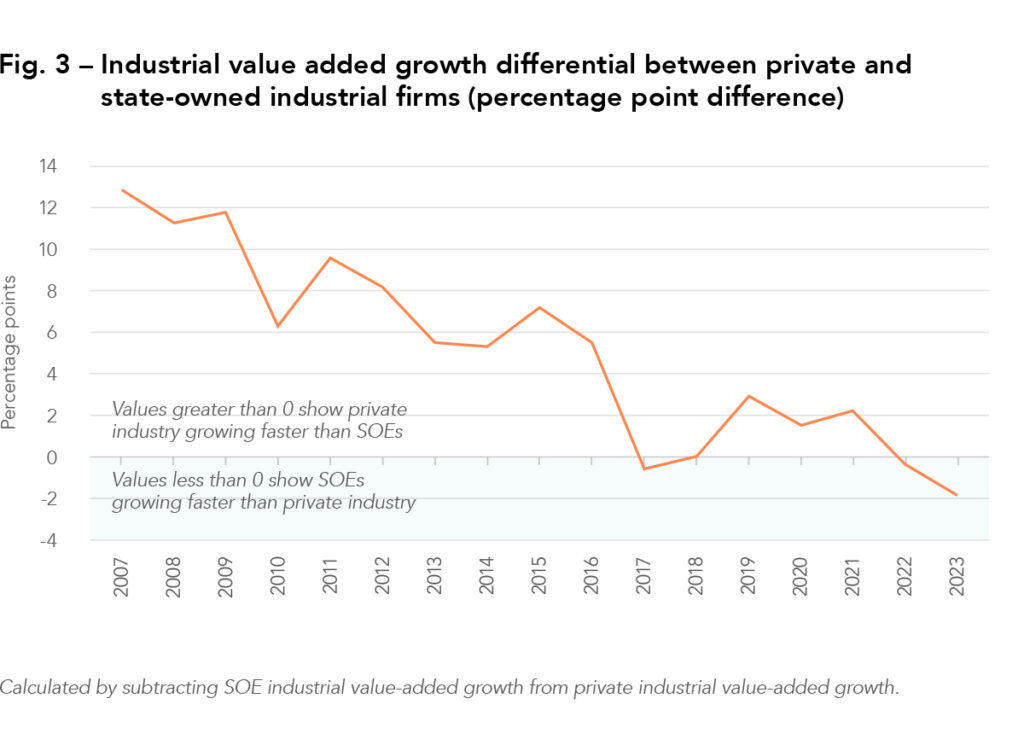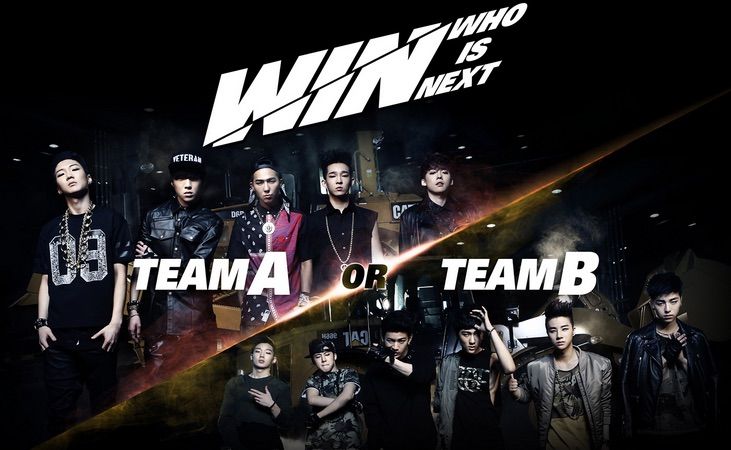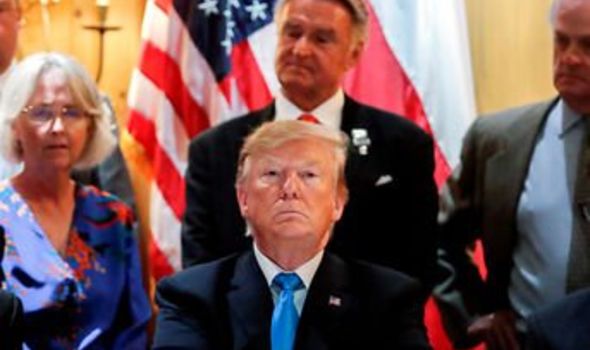Luxury Car Sales In China: Navigating Challenges For Brands Like BMW And Porsche

Table of Contents
The Shifting Sands of Chinese Consumer Preferences
The Chinese luxury car market is no longer solely the domain of international players. Understanding the shifting preferences of Chinese consumers is crucial for navigating this competitive landscape.
The Rise of Domestic Brands
Chinese luxury car manufacturers are making significant strides, posing a formidable challenge to established brands.
- Growing preference for domestic brands: National pride and increasing brand recognition are driving consumers towards homegrown luxury vehicles. This is fueled by successful marketing campaigns emphasizing patriotism and national identity.
- Innovative technology and design features: Domestic brands are rapidly closing the gap in technology and design, offering comparable, and sometimes superior, features at potentially lower price points. This includes advanced driver-assistance systems (ADAS), cutting-edge infotainment systems, and sophisticated design aesthetics.
- Government support and incentives: Government policies and initiatives supporting domestic automakers provide a significant advantage in terms of funding, research and development, and market access. This creates a challenging environment for foreign competitors.
Evolving Consumer Expectations
The young, affluent Chinese consumer is discerning and demanding, seeking more than just a luxurious vehicle.
- Demand for electric vehicles (EVs) and hybrid models: The increasing environmental awareness and government incentives for green vehicles are driving a surge in demand for EVs and hybrids in the luxury segment. This necessitates significant investment in electric vehicle technology for luxury car brands.
- Importance of digital marketing and online sales channels: Reaching this tech-savvy demographic requires a robust online presence and sophisticated digital marketing strategies. This includes leveraging social media platforms like WeChat and Weibo, as well as developing effective e-commerce platforms.
- Emphasis on brand storytelling and aligning with Chinese cultural values: Luxury car brands need to craft compelling narratives that resonate with Chinese cultural values and aspirations. This often involves partnerships with local celebrities and influencers.
Navigating Regulatory Hurdles and Infrastructure Limitations
Beyond consumer preferences, regulatory and infrastructural challenges significantly impact luxury car sales in China.
Stringent Emission Standards and Regulations
China is implementing increasingly stringent environmental regulations, putting pressure on luxury car manufacturers.
- Compliance costs associated with meeting emission standards: Meeting these stringent standards requires substantial investment in cleaner technologies and emission control systems, adding to the cost of production.
- Investment needed in research and development of electric and hybrid vehicles: The shift towards EVs necessitates significant R&D investment to develop competitive electric and hybrid luxury vehicles that meet both performance and regulatory requirements.
- Challenges in managing the supply chain for EV components: Securing a reliable and efficient supply chain for EV components, such as batteries and electric motors, poses a significant logistical challenge.
Charging Infrastructure Development
The lack of comprehensive charging infrastructure across China presents a major hurdle for EV adoption.
- Investment in charging infrastructure is crucial for EV market penetration: A robust and convenient charging network is essential to address range anxiety and encourage wider adoption of electric luxury vehicles.
- Partnerships with government and private sector entities to expand charging networks: Collaborating with government agencies and private companies is crucial for accelerating the development and deployment of charging infrastructure.
- Addressing range anxiety among potential EV buyers: Addressing concerns about limited driving range and the availability of charging stations is essential for overcoming consumer hesitancy towards electric vehicles.
Effective Strategies for Success in the Chinese Luxury Car Market
Successfully navigating the Chinese luxury car market demands strategic adaptation and a deep understanding of the local landscape.
Localization and Customization
Tailoring products and marketing to resonate with Chinese preferences is paramount.
- Offering unique features and trims tailored to the Chinese market: This involves offering specific features, colors, and interior designs that appeal to Chinese tastes and preferences.
- Employing localized marketing campaigns and brand ambassadors: Marketing campaigns should be culturally sensitive and utilize local brand ambassadors to build trust and credibility.
- Understanding the nuances of Chinese culture and consumer behavior: A thorough understanding of Chinese cultural values, social norms, and consumer behaviors is essential for effective marketing and product development.
Building Strong Partnerships and Local Networks
Collaborating with local stakeholders is crucial for long-term success.
- Establishing strong relationships with Chinese dealerships and distribution networks: A robust and efficient distribution network is essential for reaching consumers across China.
- Partnering with local technology companies for innovative solutions: Collaborating with local technology companies can provide access to cutting-edge technologies and solutions tailored to the Chinese market.
- Engaging with Chinese social media platforms and influencers: A strong presence on Chinese social media platforms and engaging with key influencers is crucial for reaching the target demographic.
Conclusion
The Chinese luxury car market presents a complex yet lucrative opportunity for international brands. Success hinges on adapting to shifting consumer preferences, navigating regulatory hurdles, and implementing effective strategies for localization and market penetration. By understanding the unique challenges and opportunities, brands like BMW and Porsche can effectively position themselves for long-term growth in this dynamic market. To stay ahead in the competitive landscape of luxury car sales in China, continuous adaptation and a keen understanding of the evolving market are paramount. Invest your time in understanding these trends and begin strategically planning for success in the burgeoning Chinese luxury automobile market.

Featured Posts
-
 Bmw And Porsches China Challenges A Wider Industry Problem
Apr 25, 2025
Bmw And Porsches China Challenges A Wider Industry Problem
Apr 25, 2025 -
 Bundesliga Union Berlin Holds Bayern Munich To A Draw
Apr 25, 2025
Bundesliga Union Berlin Holds Bayern Munich To A Draw
Apr 25, 2025 -
 A New Crime Drama Has Everyone Talking Is It The Most Stressful Show Ever
Apr 25, 2025
A New Crime Drama Has Everyone Talking Is It The Most Stressful Show Ever
Apr 25, 2025 -
 Krw Usd Exchange Rate Trumps Accusations And The Potential Strengthening Of The Won
Apr 25, 2025
Krw Usd Exchange Rate Trumps Accusations And The Potential Strengthening Of The Won
Apr 25, 2025 -
 Canakkale Zaferi Nin 100 Yilindan Sonra 2025 Te Anma Toerenleri Ve Oenemi
Apr 25, 2025
Canakkale Zaferi Nin 100 Yilindan Sonra 2025 Te Anma Toerenleri Ve Oenemi
Apr 25, 2025
Latest Posts
-
 Benson Boone Responds To Harry Styles Comparison Accusations
May 10, 2025
Benson Boone Responds To Harry Styles Comparison Accusations
May 10, 2025 -
 Benson Boone Addresses Harry Styles Copying Claims
May 10, 2025
Benson Boone Addresses Harry Styles Copying Claims
May 10, 2025 -
 How Harry Styles Reacted To That Awful Snl Impression Of Him
May 10, 2025
How Harry Styles Reacted To That Awful Snl Impression Of Him
May 10, 2025 -
 Harry Styles Responds To A Hilariously Bad Snl Impression
May 10, 2025
Harry Styles Responds To A Hilariously Bad Snl Impression
May 10, 2025 -
 Snls Failed Harry Styles Impression His Reaction Will Shock You
May 10, 2025
Snls Failed Harry Styles Impression His Reaction Will Shock You
May 10, 2025
